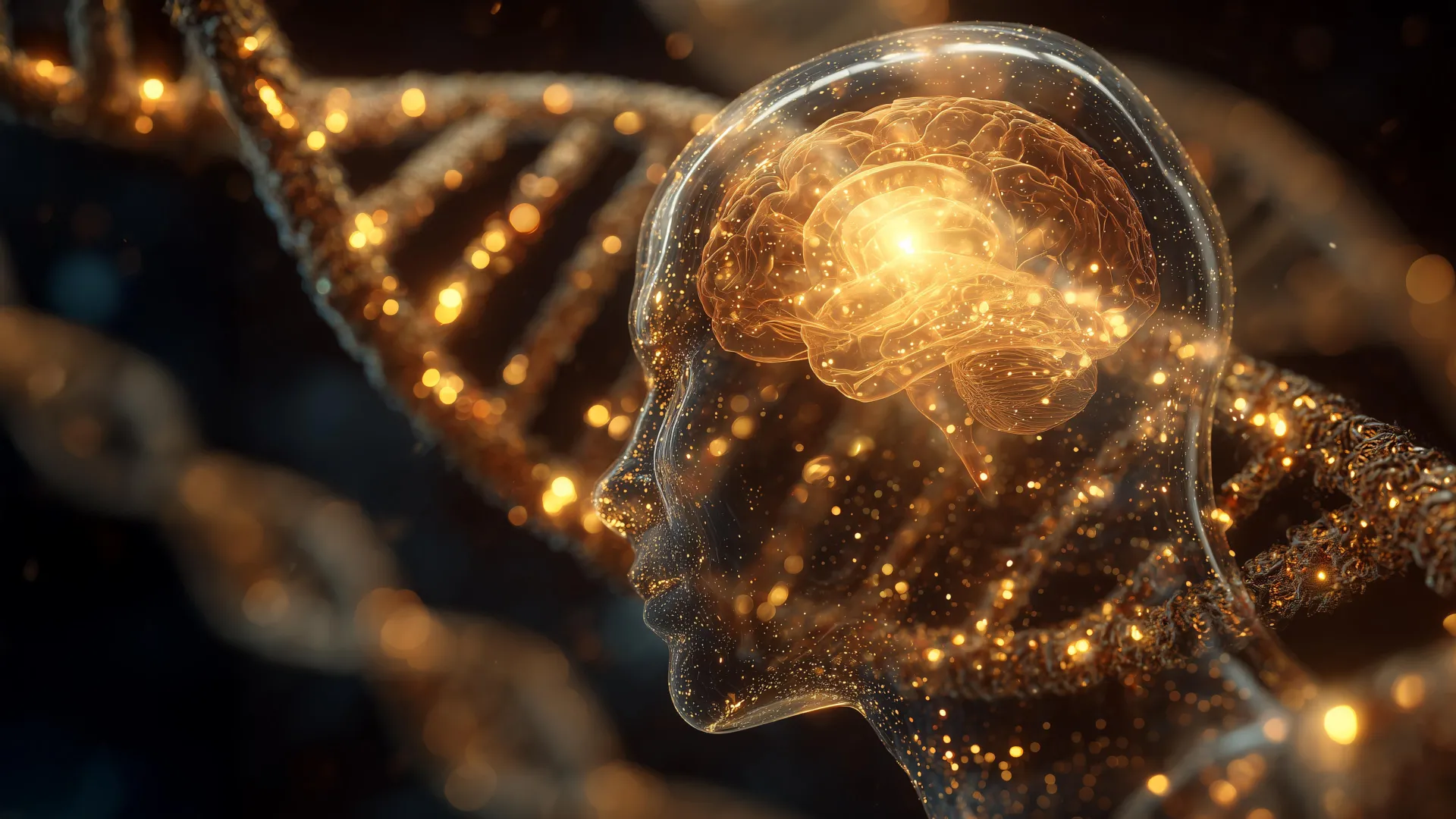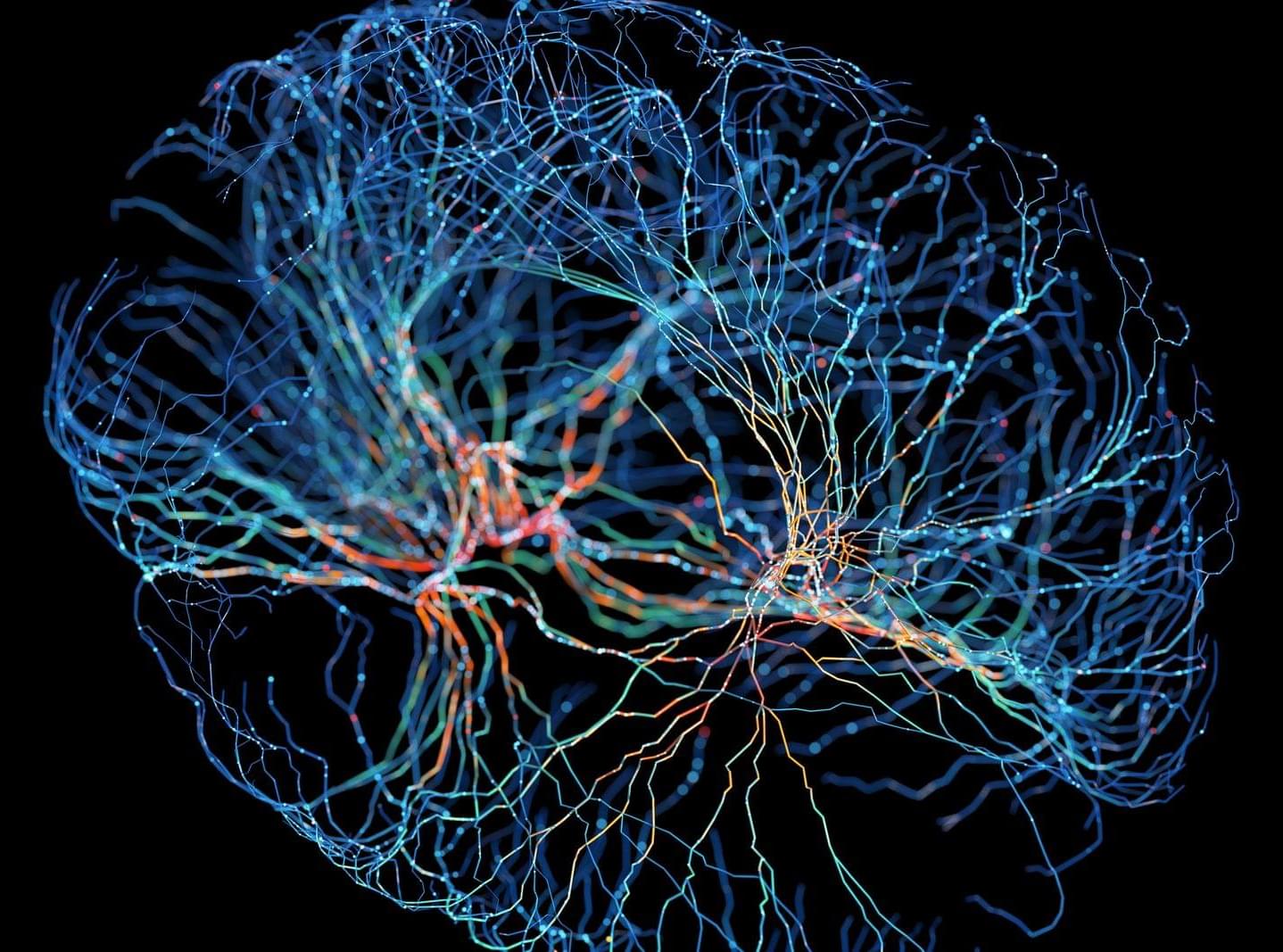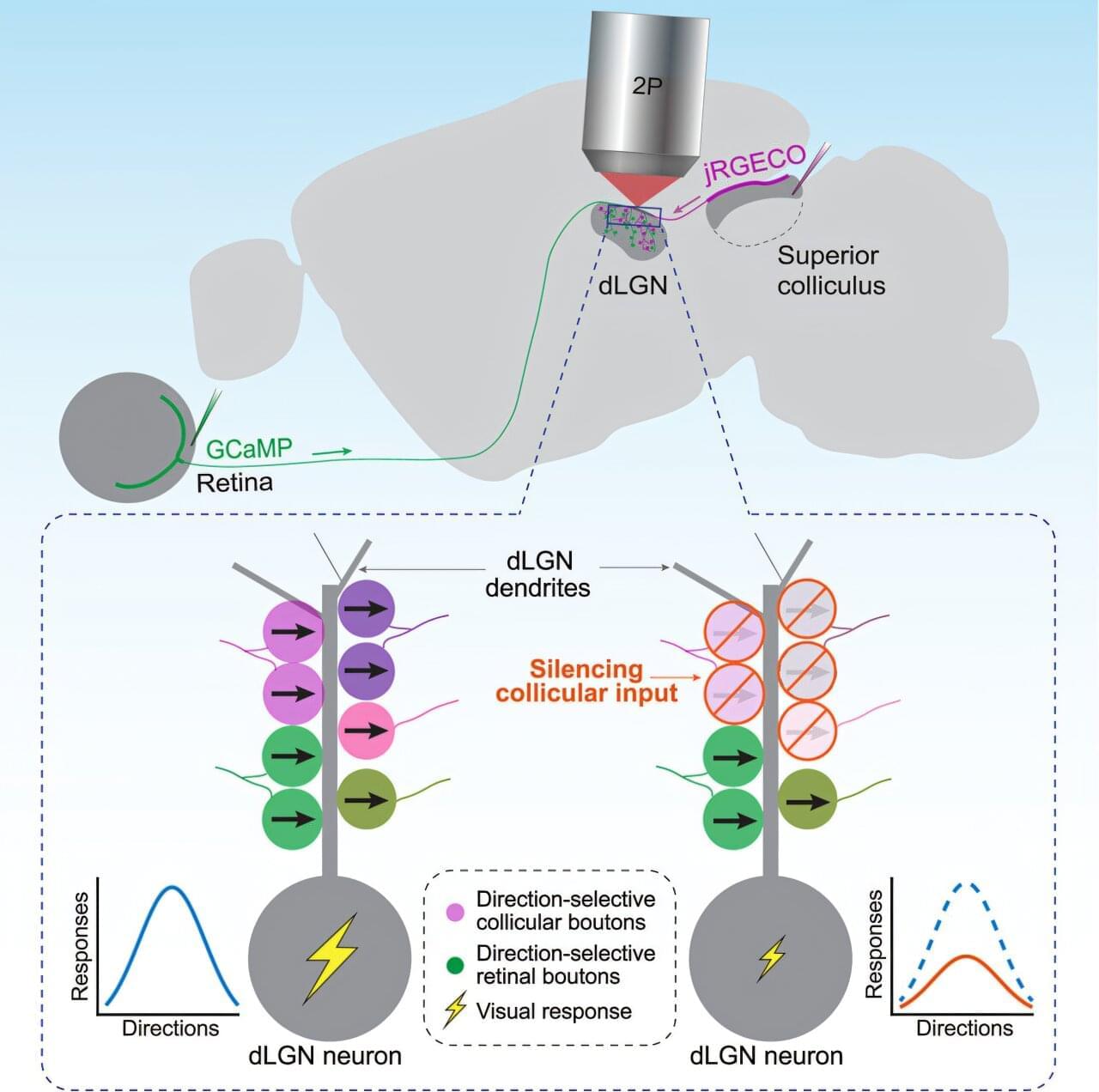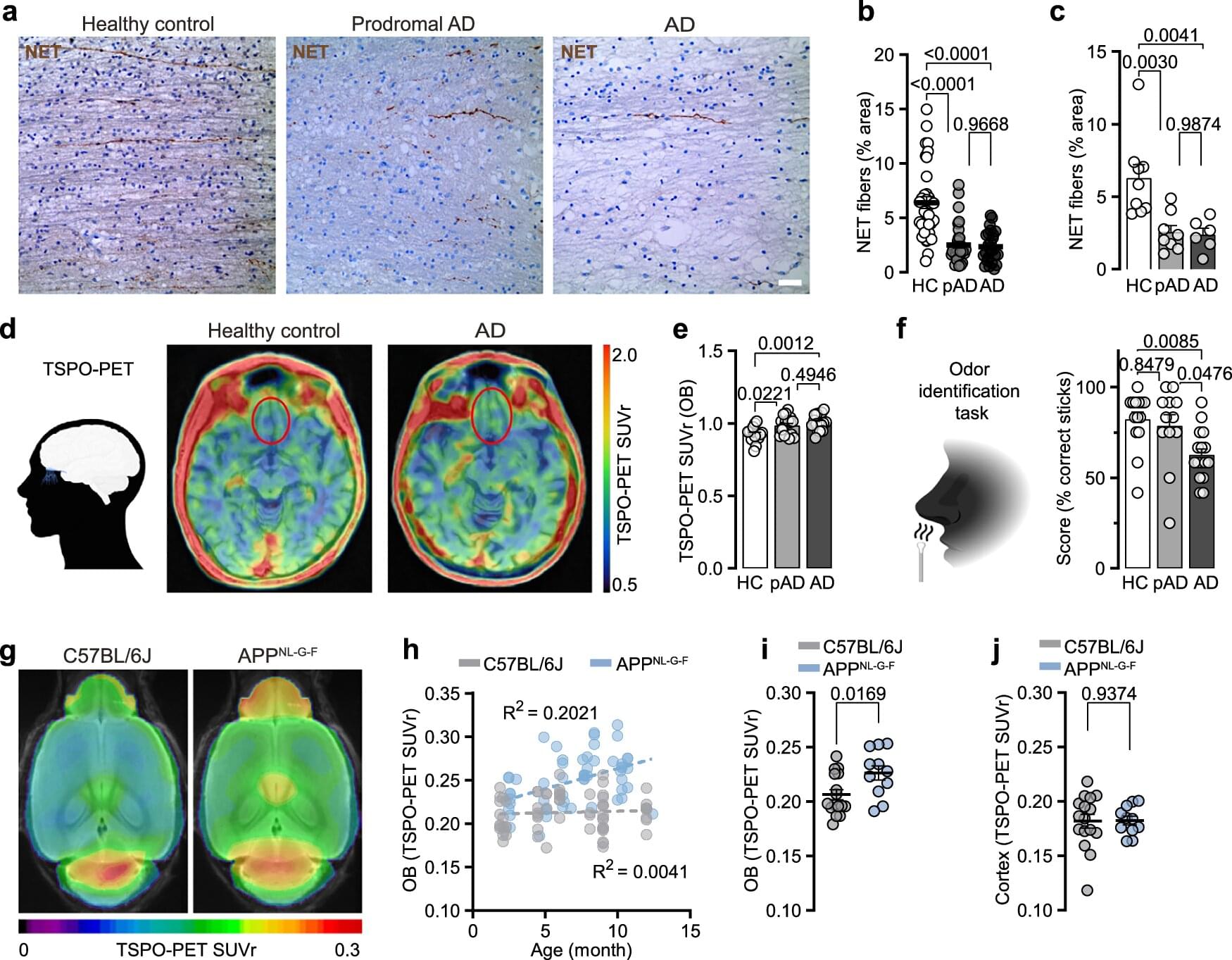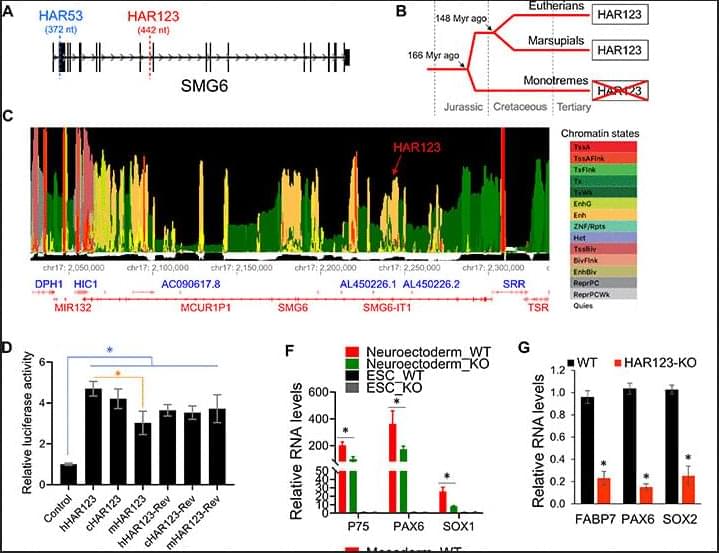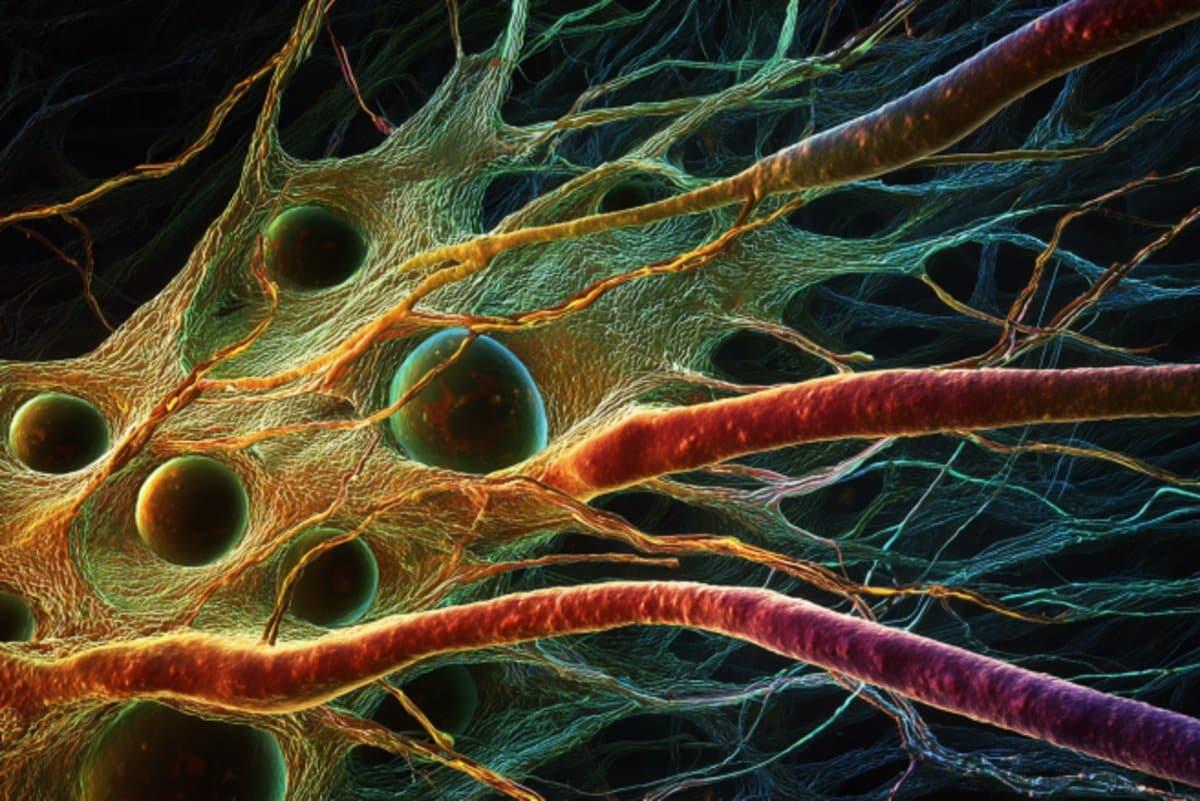Ultimately, HAR123 promotes a particularly advanced human trait called cognitive flexibility, or the ability to unlearn and replace previous knowledge.
In addition to providing new insights into the biology of the human brain, the results also offer a molecular explanation for some of the radical changes that have occurred in the human brain over the course of our evolution. This is supported, for example, by the authors’ finding that the human version of HAR123 exerts different molecular and cellular effects than the chimpanzee version in both stem cells and neuron precursor cells in a petri dish.
Further research is needed to more fully understand the molecular action of HAR123 and whether the human version of HAR123 does indeed confer human-specific neural traits. This line of research could lead us to a better understanding of the molecular mechanisms underlying many neurodevelopmental disorders, such as autism.
